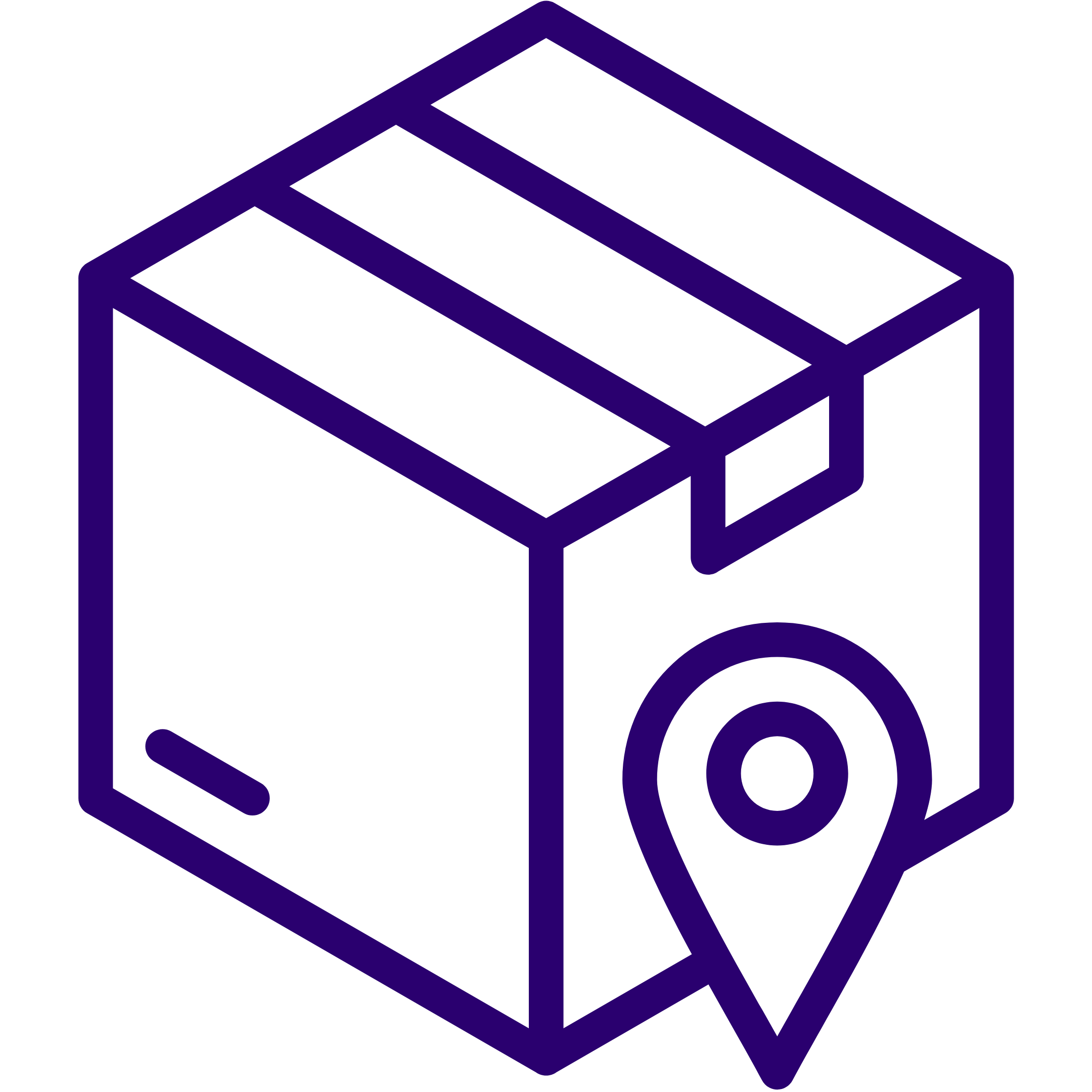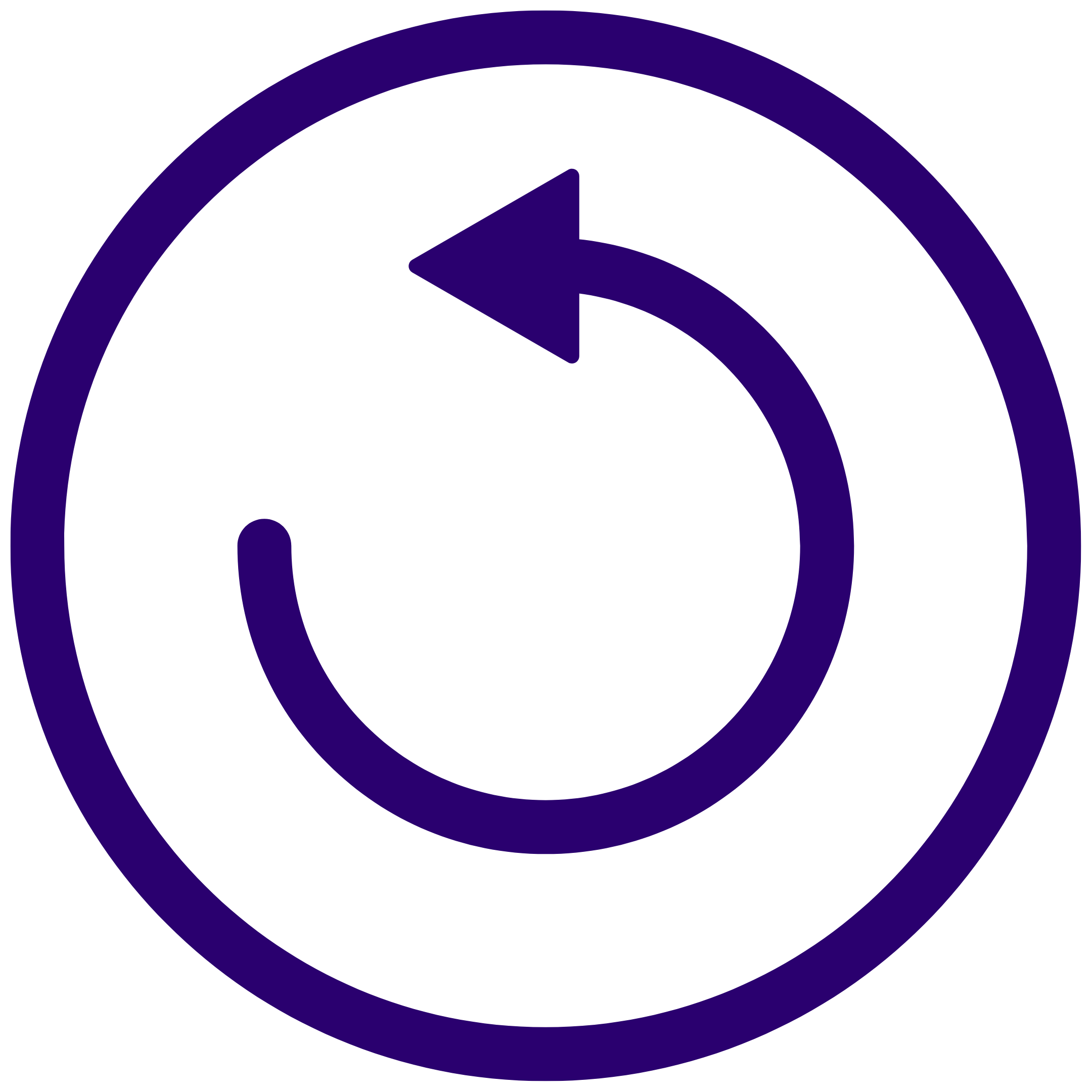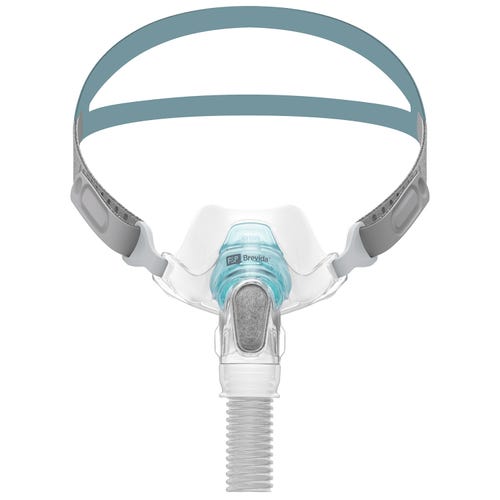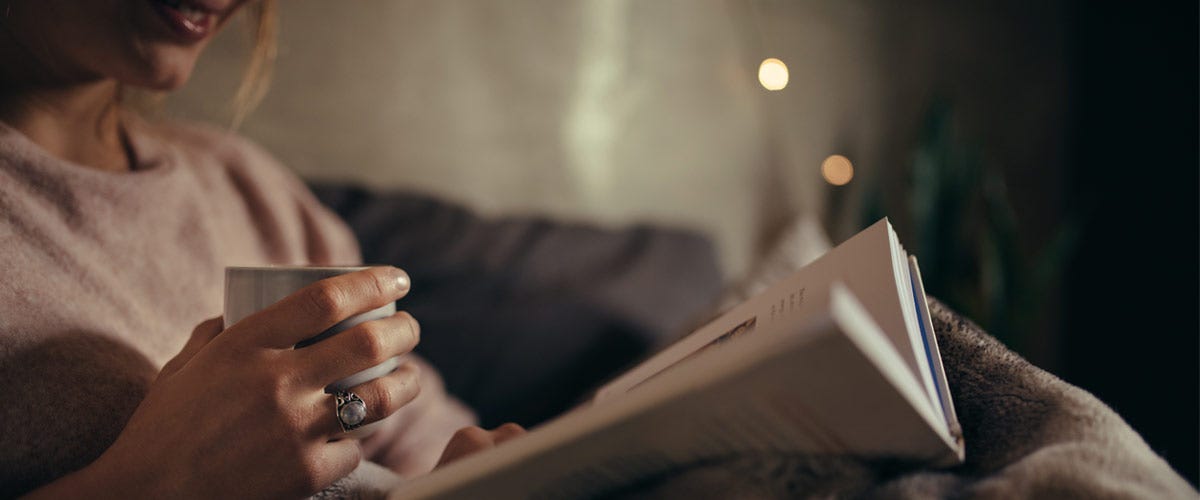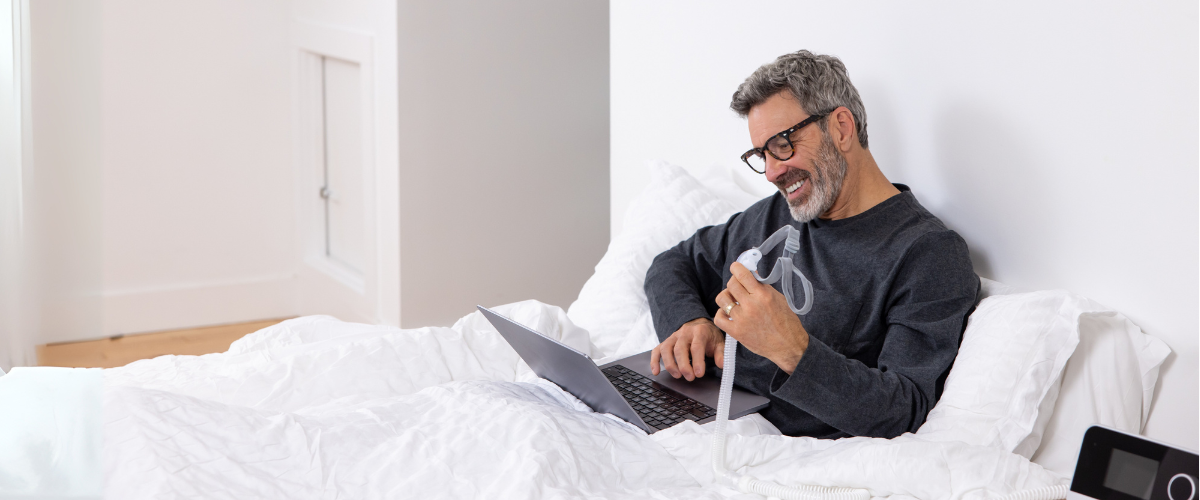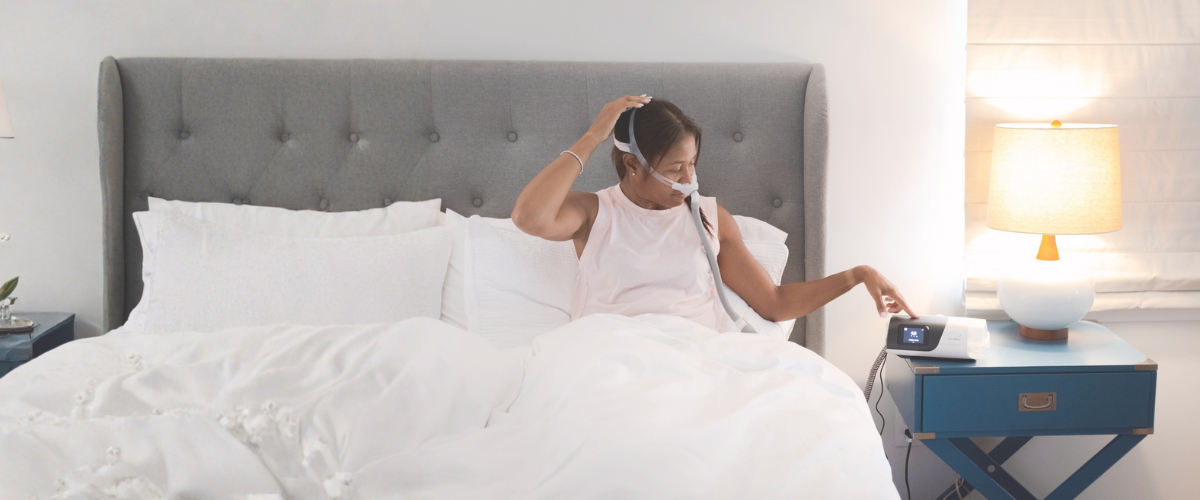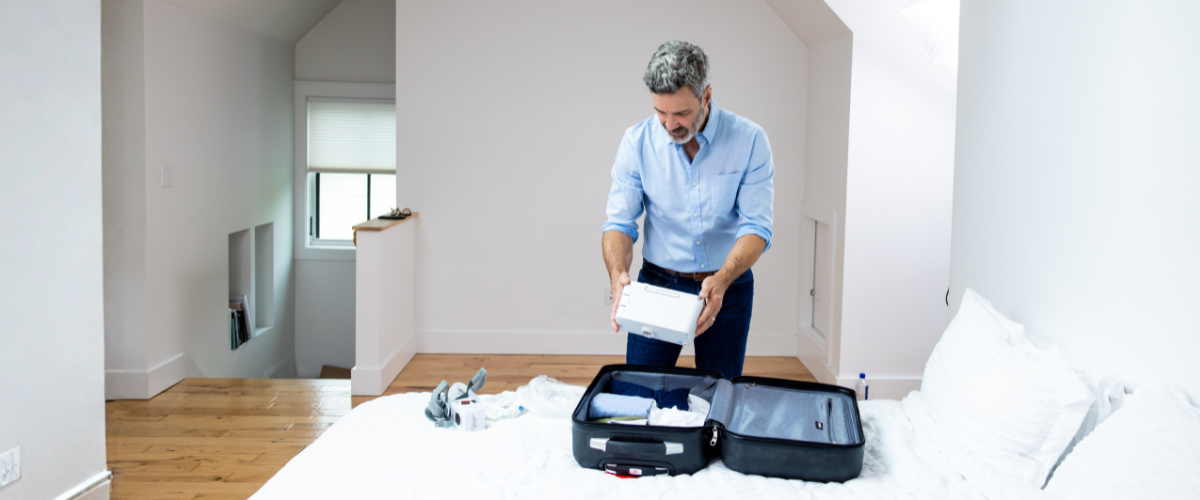During the critical first days and weeks in CPAP therapy, one of the most important things to get right is the fit of your new mask. It could make the difference between continuing sleep apnea treatment and giving up on it The fact is, there are several types of masks for several different types of breathers and everyone takes to treatment differently. Our CPAP Mask Fitting Guide can help, as well as the practical tips and tricks below.
Get to Know Your Sleeping Style
This is the first step in ensuring you’ll get a comfortable fit. If you breathe through your nose, you’ll want to consider a different mask than a mouth breather would. But perhaps you start out nose breathing and then switch to mouth breathing during the night. Maybe you breathe out of both at the same time. If you wake up with dry mouth, this may an indication your’re a mouth breather. The only way to know for sure is to ask your sleeping partner or film yourself sleeping.
Your sleeping position is another important consideration. Back sleepers will have a bit more selection than side or stomach sleepers since they don’t have to worry about pillows and bedding interfering as much. But rest assured, there are mask styles designed for all sleeping positions.
So once you have nailed down how you breathe during sleep and what position you sleep in, it’s time to select the best cpap mask style for you.
Ensure You Have the Correct Type of Mask
There are three main types of masks and the best way to find the right one is to literally try them on. Each is made of similar components, a mask cushion that is secured on the face with a headgear.
The mask you choose will depend not only on your sleeping style, but also on whether or not you have facial hair, since this can often interfere with your mask seal. Facial shape and size, anatomical features, and other factors should also be considered.
The full face mask covers your mouth and nose. This type of mask is good for those who tend to breathe through the nose and mouth. Full face cpap masks typically have the most surface area since they cover more of your face, but they provide the peace of mind that you’ll be covered regardless of which airway you’re breathing out of.
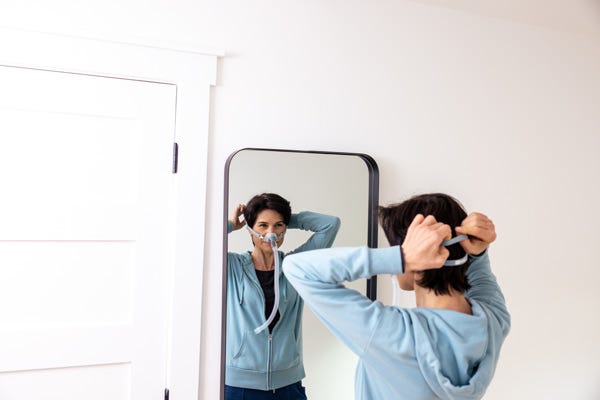

The nasal mask covers just the nose and though it is smaller and a little less invasive, it is typically suitable only for nose breathers. That is however, unless a chin strap is used, which will keep the mouth closed during the night, ensuring you only breathe through your nose all night.
A nasal pillow mask is similar to a nasal mask but it sits just below the nose and the pillows rest just inside the nostrils, inflating with air to create a seal to deliver air pressure. Again, a chin strap can be used to keep the mouth closed during sleep.
If you're not sure what size to order, you may consider a CPAP mask fit pack, which will include three different sizes for you to try on, selecting the best fit and returning the others.
Put Your CPAP Mask On Correctly
In order to avoid leaks, make sure you properly secure your chosen CPAP mask before you turn on the CPAP machine. This will prevent the mask and tubing from becoming misshapen and creating the leak you are trying to avoid.
Use a mirror to apply your mask until you know how it feels when it is worn correctly. Because each mask is made to fit a certain way, make sure to follow the manufacturer’s guidelines when securing your CPAP mask. The sequence they provide is important. You may need to apply the mask cushion first to get a comfortable seal, then attach the headgear.
Avoid over tightening the headgear. It may seem like you won't get good seal without a tight headgear, but mask cushions are made of flexible materials that adhere to your facial contours without being tightly secured. CPAP mask gel can help eliminate leaks that come from a poor seal.
The next step is to eliminate any cpap mask leaks. Leakage occurs when air that is being supplied from the CPAP machine is able to escape from the mask. If this is the case, the machine cannot properly supply you with air at the right pressure for you.
Take Advantage of Our 30-Day Mask Guarantee
Finally, when properly fitting your CPAP mask, remember, it does not always fit the first time, or on the first try. This is why CPAP Supplies has a 30 Day Mask Guarantee in place to make sure you have a few weeks to make necessary changes, including changing the mask for another type or size.

